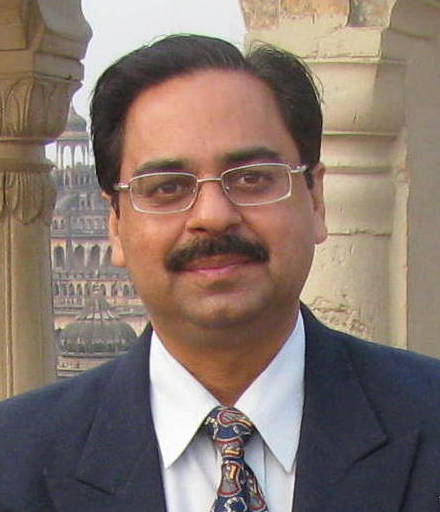|
| |
Murli Manohar Verma
 |
|
Present Affiliation:
Cosmology and Relativistic Astrophysics Group
Department of Physics, University of Lucknow
|
Visiting Scientist: Theory Division, CERN, Geneva
Visiting Scientist: Kavli IPMU, University of Tokyo
Visiting Associate: IUCAA, Pune
Email Addresses
murli.manohar.verma@cern.ch
sunilmmv@yahoo.com
Current Work
- Currently, we are studying the consequences of our f(R) model for the rotation curves of galaxies and also attempting to relate the inflation with the present acceleration of the universe through a single scalar field. In our paper in JCAP (10(2019)052) recently, we have studied the dynamics of the scalar field obtained under the conformal transformation of the spacetime metric from the Jordan frame to the Einstein frame in f(R) gravity. We determined the effective potential of the scalar field and calculated the scalaron mass. We further calculated the equation of state of the scalar field in the action-angle variable formalism and showed its distinct features as the dark matter and dark energy with respect to energy density of the scalar field at different values of the model parameter. Current problem: how this equation of state can evolve at various redshifts.
- Also carried out a phase space analysis of f(R) models, both with and without the effects of radiation. The stability of these points was studied against the perturbations in a smooth spatial background. We showed the emergence of an asymmetry of time from the dynamics of the scalar field exclusively owing to the f(R) gravity in the Einstein frame leading to an arrow of time at a classical level.
- We have determined the forms of f(R) for different phases of the universe, over radiation, matter and acceleration dominated eras, leading to an observationally viable model for explaining effects due to dark matter and dark energy.
|
|
|

